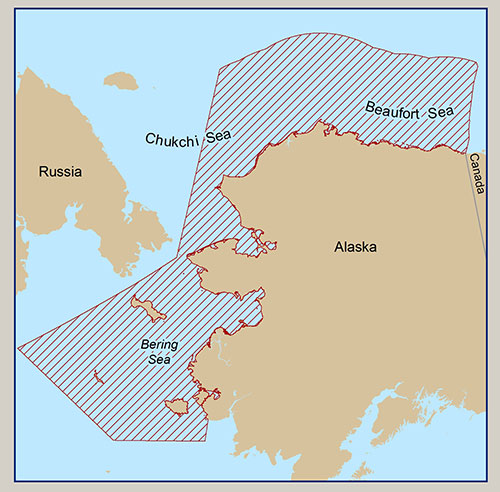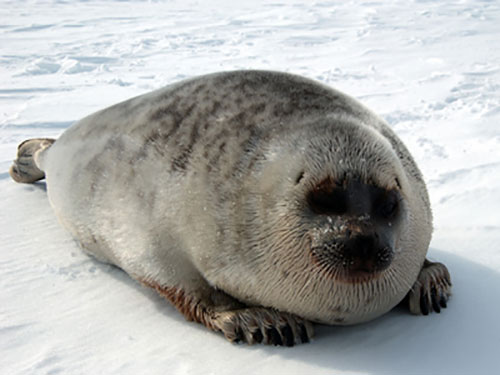
NOAA FISHERIES PROPOSES ARCTIC RINGED SEAL CRITICAL HABITAT, SEEKS PUBLIC COMMENT
December 04, 2014
Murkowski said, “This is an unprecedented attempt to place restrictions on a larger than Texas-sized area of water surrounding our state. I remain skeptical that the listing of ringed seals based on a 100 year weather projection was justified, and I am concerned that this designation would severely impact any economic development from Northwest all the way to our border with Canada.” In December 2012, NOAA Fisheries declared four subspecies of ringed seals, including the Arctic ringed seal in Alaskan waters, as threatened or endangered under the Endangered Species Act (ESA). After extensive input from local and state governments, Native partners, and the public to determine proposed critical habitat areas, NOAA Fisheries today is releasing those proposed designations for public comment. The proposed critical habitat designation includes no regulatory restrictions, only a consultation requirement for federal agencies. Arctic ringed seals are also protected under the Marine Mammal Protection Act.
Map of proposed critical habitat
Ringed seals nurse and protect their pups in snow caves, which are threatened by late ice formation in the fall, rain-on-snow events in the late winter, earlier break-up of spring ice, as well as decreasing snow depths, which are projected to be too shallow for snow cave formation by the end of the century. Ringed seals also rely on sea ice for extended periods during molting, breeding, whelping, and nursing. Scientific evidence shows that sea ice is projected to shrink both in extent and duration in the future. "After reviewing the best available information, our scientists identified the habitat features that are essential for sustaining Arctic ringed seals - a species that is likely to become endangered in the foreseeable future due to climate change," said NOAA Fisheries Alaska regional administrator Dr. James Balsiger. "We look forward to hearing from members of the public on this proposal." According to NOAA, critical habitat designation must be supported by a full analysis of economic, national security, and other impacts. In 2012, President Obama directed that any future designations of critical habitat carefully consider all public comments on relevant science and economic impact, including those that suggest methods for minimizing regulatory burdens. NOAA Fisheries is releasing its draft analysis of these impacts for review during the comment period. NOAA Fisheries is also seeking input on whether any particular areas should be considered for exclusion from the proposed critical habitat.
Ringed Seal
According to Murkowski, NOAA acknowledges that the proposed designation would likely result in restrictions on oil and gas activities, marine transportation, port development and commercial fishing. Quoting a news release from Sen. Murkowski, the massive area would extend from Cape Avinof in Northwest Alaska to the Canadian border, covering the entire North Slope coastline. NOAA’s justification admits several non-scientific reasons motivated its decision, such as “enhanced public awareness” and that the proposed designation “may help focus and contribute to conservation efforts.” There will be a 90-day public comment period on the proposal and NOAA Fisheries will soon announce locations and times for public hearings. The agency will consider comments received as it develops the final critical habitat designation. The comment period runs through March 3, 2015. The public may submit comments, identified by FDMS Docket Number NOAA-NMFS-2013-0114, via the Federal e-Rulemaking Portal at www.regulations.gov NOAA Fisheries will also accept written comments addressed to:
Edited by Mary Kauffman, SitNews
On the Web:
Source of News:
|
||

